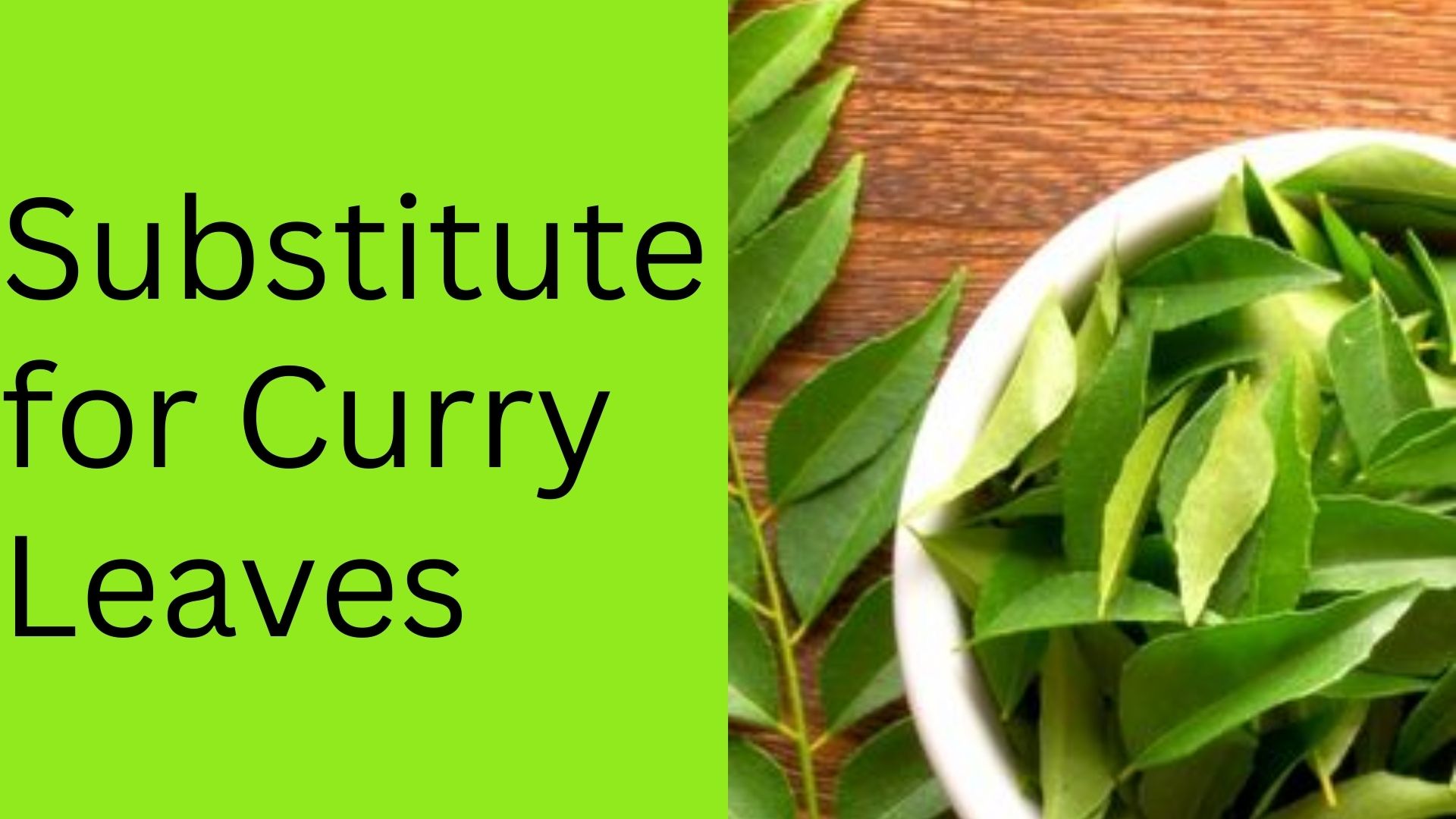Curry leaves have a unique aroma and play a huge role in your dish’s taste. They are widely used to prepare South Indian, Gujarat, and Himachal cuisines. Most Malaysian and Thai recipes require curry leaves, so you need them for these recipes. However, getting curry leaves in grocery stores around Canada and USA can be difficult. Asia is the only place to get these leaves without hassle. So if you live outside Asia, you may need a substitute for curry leaves.
The flavor and pungent Aroma make them so important in a dish. Also, they are very nutritious; for example, they contain vital vitamins like Flavonoids, amino acids, and antioxidants vitamins A, B, C, and E. Other main nutrients include calcium, magnesium, copper, carbohydrates, and minerals. Some of its main health benefits are;
a. Good for eyesight
b. Protects the liver
c. Skincare
d. Fights against cancer
e. Good for hair growth.
Curry leaves flavour is difficult to replicate but the spices below are the closest you will ever get. Please note that curry powder should not be used as a substitute for curry leaves because it combines different spices.
1. Lime zest
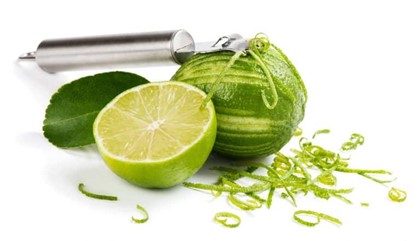
The upper layer of a lime’s rind is known as lime zest. It contains oils with a pungent and strong citrus flavor similar to curry leaves. It works perfectly in almost all dishes that call for curry leaves. Additionally, it is easy to get it from the stores nearby. You can combine lime zest with basil leaves to replicate citrus and herbal notes in curry leaves. To replace eight curry leaves, use zest of a single lime.
Lime is highly nutritious for example, a single lime of about 2 inches long can provide 32 percent vitamin C in our body. Other nutritious elements in lime are sugar, fiber, protein, calories, and carbohydrate. Lime zest health benefits include;
• Asthma Protection
• Boosts immune system
• Lowers stroke risk
• Healthy skin
Summary
Lime zest aroma and flavour are similar to that of curry leaves. It is the best alternative since it’s widely available and easy to prepare. To replicate the herbal bite of the curry leaves you can combine it with basil leaves.
2. Bay leaves
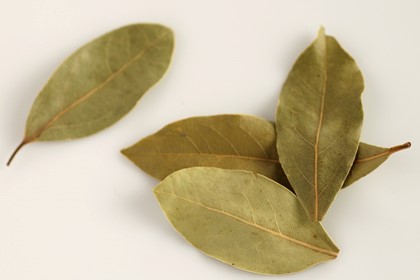
Bay are leaves are an affordable replacement for curry leaves that do not need too much planning. One can still prepare dinner without curry leaves because both leaves have a savoury, earthy taste and are also sweet and light. Besides, Cooks can replace a half-cup of curry leaves with one bay leaf, therefore, bay works perfectly in meals by simmering then removed since you avoid eating leaves. Bay leaves are suitable for many dishes that need curry leaves but work perfectly in stews and soups. The herb comes from different trees and has bay leaves varieties such as Mexican bay leaf, Indian bay leaf, California and Indonesian bay leaf. The popular cooking herb can be used when dry, fresh, and whole ground. On top of that, the herb help to treat cancer, arthritis, flu, muscle pain, dandruff, gas, boils and skin cream. The leaves are also an excellent source of vitamins and mineral-like calcium, copper, zinc and iron which help the human body.
Summary
If you are a lover for curry and you do not have time to prepare ahead for meals, worry no more for this reason you can enjoy delicious curry without having curry leaves. After a little practice, you will be able to make an amazing curry aroma with the substitute.
3. Makrut lime leaves
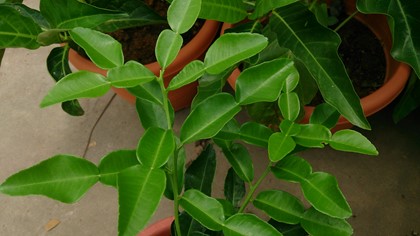
Makrut also known as kaffir lime leaves, make a great substitute for curry because of having the same strong flavor. Generally, six makrut lime leaves replace ten curry leaves for a recipe. The leaves can be crushed, simmered, sliced, then removed from the meal. Cooks mostly squeeze citrus into the meal for a great taste before serving. Furthermore, the leaves often add amazing fragrance to soups, salads, rice, mushrooms, noodles, pork, chicken, and fish dishes. The leaves make a great recipe with ginger, garlic, peppers, coconut milk, and fish broth. Moreover, the leaves give amazing health benefits. For example
• Keep away bad breath thus it was a traditional method before the invention of toothpaste
• Have antibacterial substances
• Make skin glow
• Give mind relaxation
• Protects hair
Lastly, the leaves have the nutritional value of 0.3% vitamin A, 0.2% vitamin C, 0.1% calcium, and 0.5% iron.
Summary
The leaves should be removed from food before serving although you can leave them in meals as long as you grind thin. Lastly, they retain flavour during the cooking process but the more they stay in a dish the more flavour is got.
4. Lemon balm
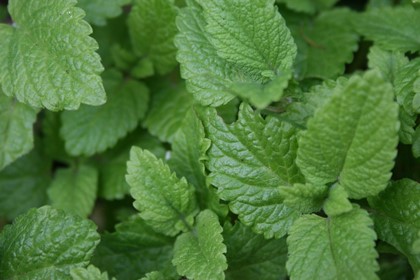
It is also called common balm or balm mint, a perennial plant belonging to the mint family. Lemon balm leaves are used as herbs, tea, and the flavor in ice cream, fruit dishes, and fish dishes. Lemon balm has a similar aroma to curry leaves. Therefore, you can substitute 3 lemon balm for curry leaves. Additionally, the leaves work as traditional medicine through extraction, supplementation, consumption, and application on the skin. The health benefits include
• Reduce anxiety or stress
• Get rid of insomnia by improving sleep
• Treat viral diseases like cold sores, hepatitis B, and genital herpes.
• Treat gastrointestinal problems such as stomach upsets, acid reflux, and bowel syndrome.
• Help to treat Alzheimer’s diseases
• Relieve abdominal pain like indigestion
• Treat nausea
• Reduce menstruation cramps
• Treat migraine
• Relieve toothache
Moreover, lemon balm has a nutritional value of 1% carbohydrates, 0.25% folates, 1% thiamin, 1% sodium, 1% potassium, 0.2% calcium, 1% iron, magnesium, and zinc.
Summary
Lemon balm is frequently available throughout the year and can be grown inside pots for small scale. Also, fresh lemon balm should be put in a plastic bag and stored in the refrigerator for short term however dry should be put in air seal tins.
Facts Summary Table
| Substitute | Flavor Profile | Texture | Best Used In | Source |
|---|---|---|---|---|
| Lime Zest | Citrusy, zesty, tangy | Fine, grated | Baking, cooking, cocktails | Grated outer skin of limes |
| Bay Leaves | Earthy, herbal, slightly floral | Whole leaves | Soups, stews, sauces | Dried leaves of bay laurel tree |
| Makrut Lime Leaves | Citrusy, aromatic, floral | Whole leaves | Thai dishes, curries, soups | Leaves of Citrus hystrix plant |
| Lemon Balm | Lemon-scented, mildly tangy | Fresh leaves | Herbal teas, desserts, salads | Herb from Melissa officinalis plant |
FAQs
Can I replace curry leaves with curry powder?
Curry leaves and curry powder serve different purposes. Curry leaves have a distinct flavor, while curry powder is a blend of various spices. Using curry powder as a substitute won’t provide the same taste as curry leaves.
Can I use coriander instead of curry leaves?
Coriander leaves (cilantro) have a different flavor profile than curry leaves. While they both add freshness, coriander leaves won’t replicate the unique taste of curry leaves.
Do you need curry leaves to make curry?
Curry leaves are commonly used in many traditional Indian and Southeast Asian curries to add aroma and flavor, but not all curries require them. Their absence won’t necessarily ruin a curry, but it might alter the overall taste.
Is basil leaf the same as curry leaf?
No, basil leaf and curry leaf are not the same. They come from different plants and have distinct flavors. Basil leaves taste sweet and herbal, while curry leaves have a unique citrusy and aromatic flavor in Indian cooking.

